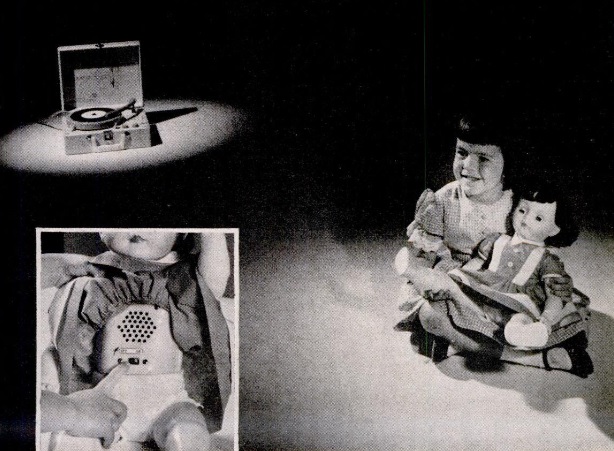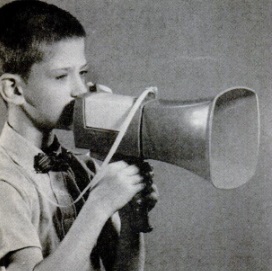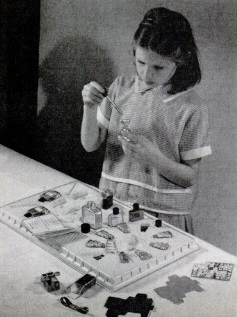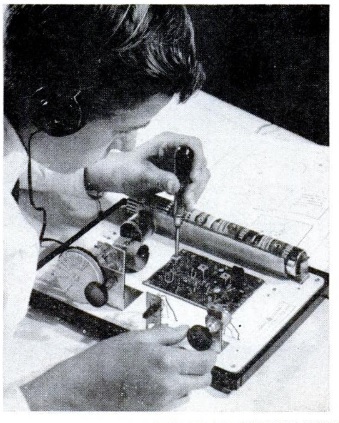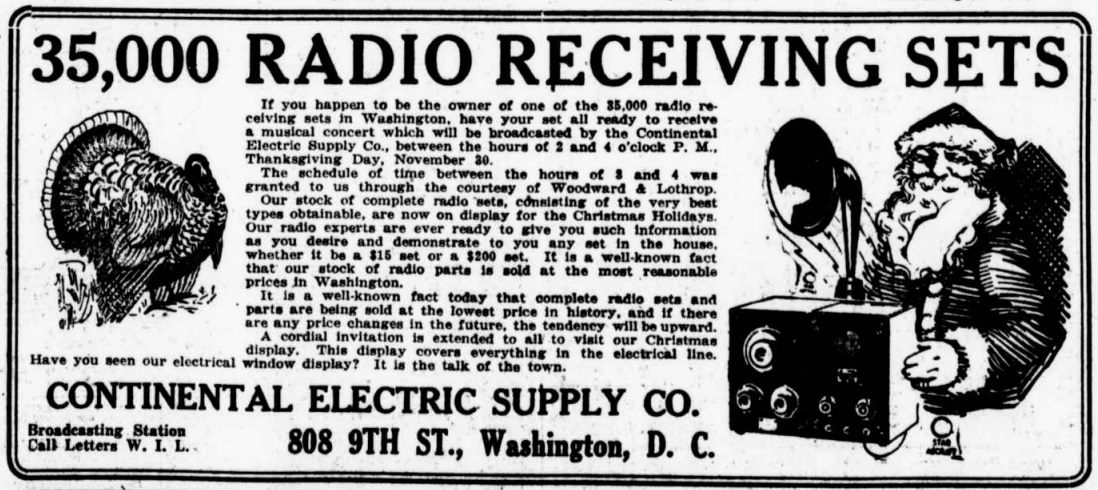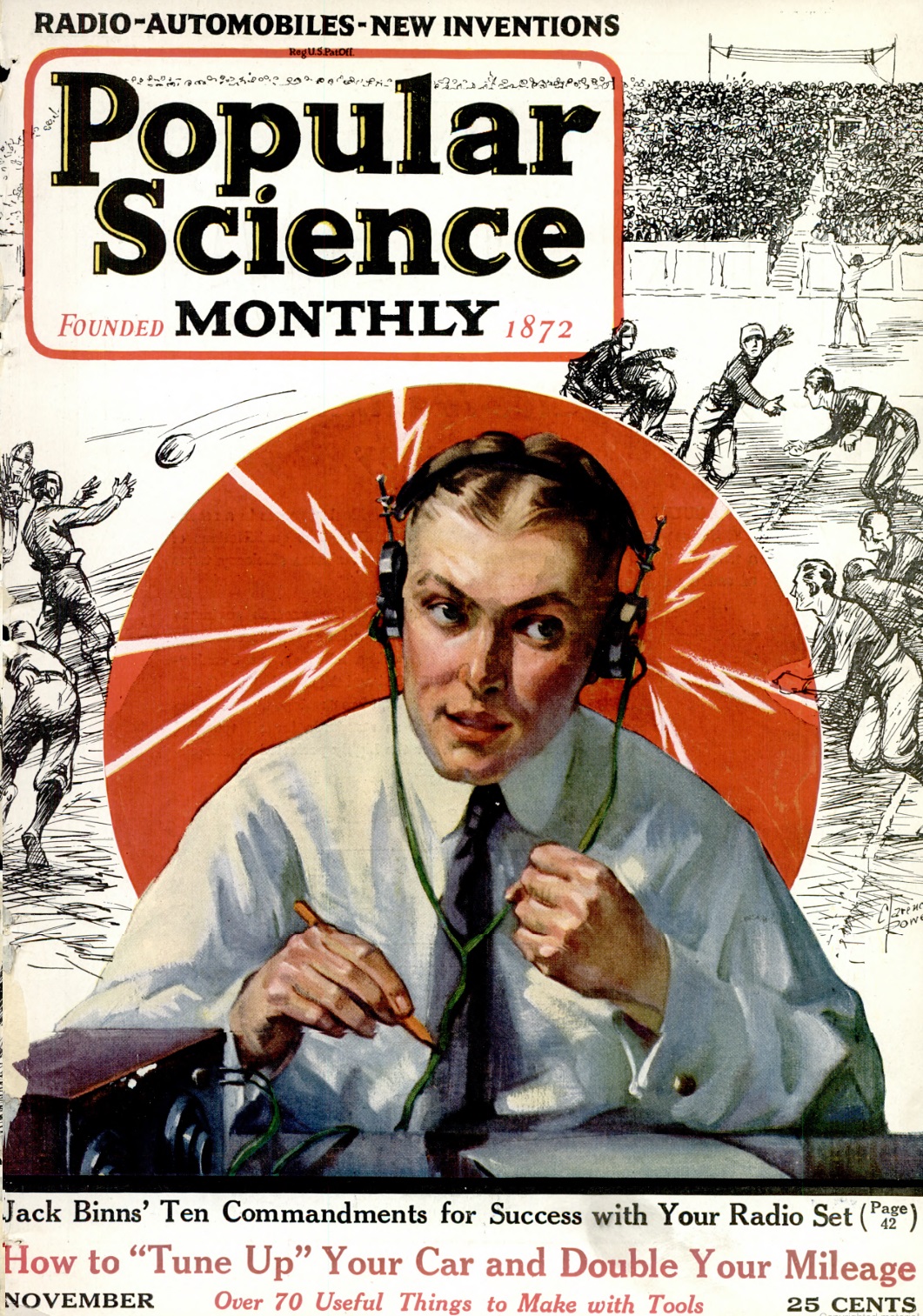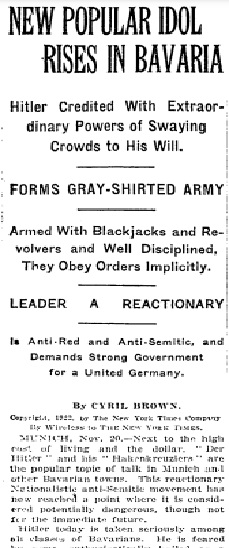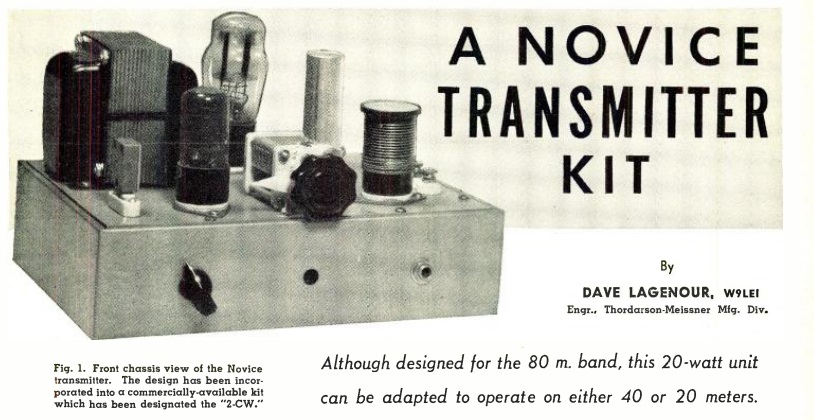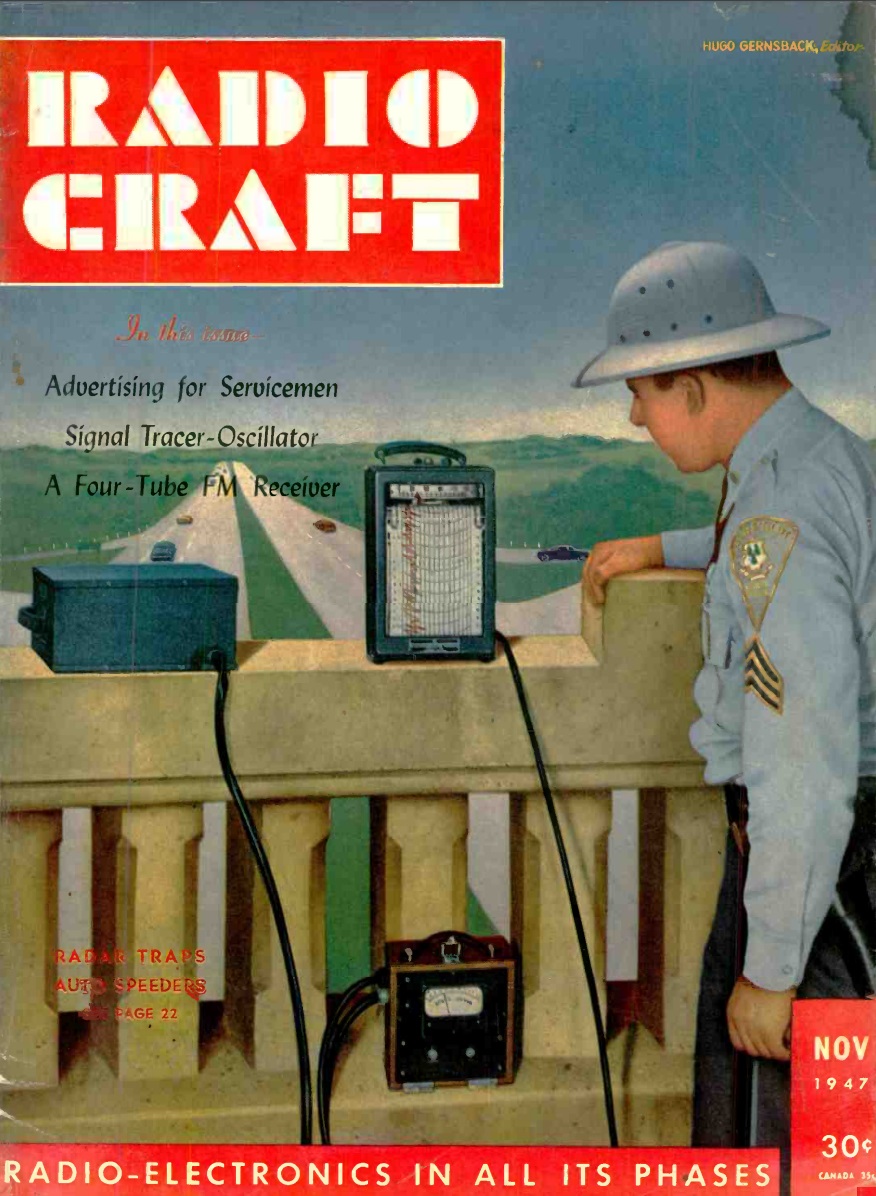
 My friend Volodymyr “Wlad” Gurtovy, US7IGN, has published a book
My friend Volodymyr “Wlad” Gurtovy, US7IGN, has published a book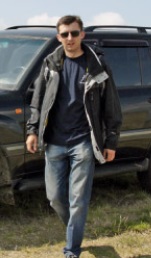 about his experiences living in Kyiv, Ukraine, in the middle of a war. Wlad, like me, is an attorney, and lived a middle-class existence similar to mine, until Russia invaded eastern Ukraine in 2014. He and his family then relocated to Kyiv, but with Russia’s 2022 invasion, he was once again in the middle of the war. His wife and teen son and daughter evacuated to Poland, where they were able to find an apartment, thanks in part to the generosity of friends in America and elsewhere.
about his experiences living in Kyiv, Ukraine, in the middle of a war. Wlad, like me, is an attorney, and lived a middle-class existence similar to mine, until Russia invaded eastern Ukraine in 2014. He and his family then relocated to Kyiv, but with Russia’s 2022 invasion, he was once again in the middle of the war. His wife and teen son and daughter evacuated to Poland, where they were able to find an apartment, thanks in part to the generosity of friends in America and elsewhere.
He remained behind, partly because he was prohibited by law from leaving, but mostly because he felt the need to stay behind and defend his native land.
The most compelling part of his book is his account of the mundane details of life in the middle of a war. Wlad lives in a fifth-floor apartment building in the middle of a city of 2.8 million (prewar population). Some days, the supermarkets are open, and some days they are not. The mail continues to go through, but some days, it’s too dangerous to go to the post office to pick it up. Power, water, and heat are sometimes turned on, but they’re often unavailable. When he needed dental work, he was surprised to find the dental office near his home open, staffed by dental students. There are even a few accounts of his visits to court on behalf of some pro bono client. To me, the descriptions of how he navigates this dystopia are fascinating, especially since his life prior to the war wasn’t too different from mine. Many who follow this blog have an interest in emergency preparedness, and I’m sure they will also find this book compelling.
Of course, since Wlad is a ham, radio is a main character in the story. He gets much of his information from the broadcast radio, and one of his main roles has become that of radio repairman so that others can remain in touch when their radio has problems. He also recounts listening in directly to Russian pilots and both Russian and Ukrainian troops.
As the title suggests, it’s written in chronological format, and you’ll have a hard time putting it down, wondering what’s going to happen the next day.
The book is available at Amazon, as a paperback, hard cover, or Kindle.
If you feel moved to provide additional assistance to Wlad’s family, please see our crowdfunding campaign to help with their needs at GoFundMe or GiveSendGo.
Some links on this site are affiliate links, meaning t this site earns a small commission if you make a purchase after using the link.
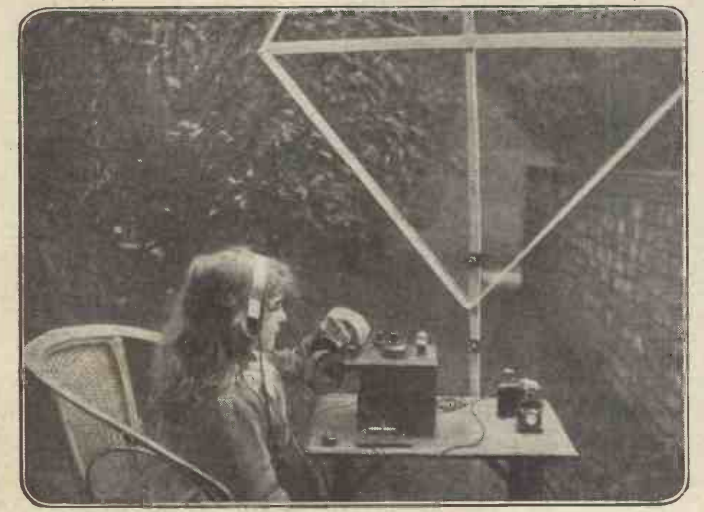 A hundred years ago, this young British woman was pulling in some signals from her garden at 1276 Leeds Road, Bradford. She is undoubtedly the daughter of one Mr. C.R. Land, who constructed the set and sent the picture to Practical Wireless, where it appeared in the November 1922 issue.
A hundred years ago, this young British woman was pulling in some signals from her garden at 1276 Leeds Road, Bradford. She is undoubtedly the daughter of one Mr. C.R. Land, who constructed the set and sent the picture to Practical Wireless, where it appeared in the November 1922 issue.
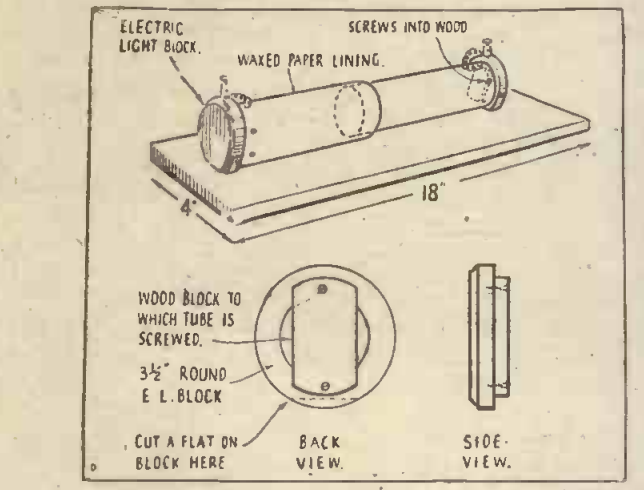
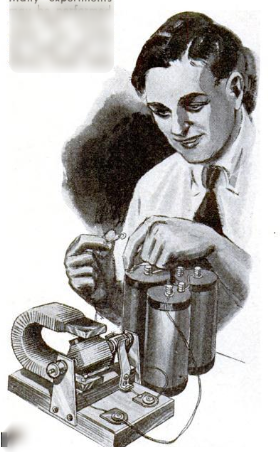


 about his experiences living in Kyiv, Ukraine, in the middle of a war. Wlad, like me, is an attorney, and lived a middle-class existence similar to mine, until Russia invaded eastern Ukraine in 2014. He and his family then relocated to Kyiv, but with Russia’s 2022 invasion, he was once again in the middle of the war. His wife and teen son and daughter evacuated to Poland, where they were able to find an apartment, thanks in part to the generosity of friends in America and elsewhere.
about his experiences living in Kyiv, Ukraine, in the middle of a war. Wlad, like me, is an attorney, and lived a middle-class existence similar to mine, until Russia invaded eastern Ukraine in 2014. He and his family then relocated to Kyiv, but with Russia’s 2022 invasion, he was once again in the middle of the war. His wife and teen son and daughter evacuated to Poland, where they were able to find an apartment, thanks in part to the generosity of friends in America and elsewhere.